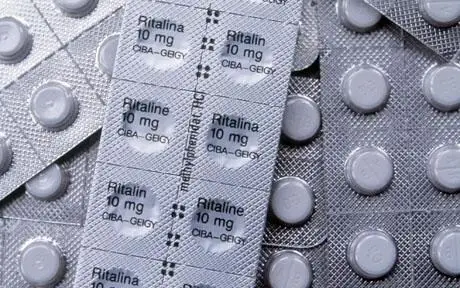What if a simple cold plunge could naturally boost your mood, focus, and energy in just a few minutes?
Cold exposure isn’t just a wellness trend—it’s a neuroscience-backed biohack that profoundly affects brain chemistry. Research shows that plunging into icy water triggers a cascade of neurotransmitters, enhancing mental clarity, reducing stress, and even promoting long-term brain health.
Let’s dive into the cold, hard science.
1. Dopamine: The Ultimate Mood Booster
🔹 Cold exposure increases dopamine by up to 250% (Huberman, 2021)
🔹 This effect lasts for hours, unlike caffeine or sugar, which cause short spikes
🔹 Higher dopamine levels improve motivation, focus, and resilience
💡 Analogy: Think of dopamine as your brain’s reward currency. A cold plunge is like depositing a massive bonus, leaving you energized and ready to tackle challenges.
2. Norepinephrine: The Natural Alertness Boost
🔹 Cold exposure increases norepinephrine by 200-300% (Jansky et al., 1996)
🔹 This neurotransmitter sharpens attention, reaction time, and mental clarity
🔹 It also reduces inflammation, which is linked to anxiety and depression
💡 Analogy: Imagine norepinephrine as your brain’s built-in coffee shot—but without the caffeine crash. A cold plunge naturally switches on your alertness system.
3. Serotonin: The Stress Regulator
🔹 Cold water activates serotonin pathways, helping to regulate mood (Shevchuk, 2008)
🔹 Higher serotonin levels reduce anxiety and improve emotional resilience
🔹 Regular cold exposure lowers cortisol, the body’s primary stress hormone
💡 Analogy: If stress is like an out-of-control fire, serotonin is the fire extinguisher. Cold plunging trains your brain to handle stress better.
4. Endorphins: The Natural Painkillers
🔹 Cold plunges trigger a flood of endorphins, reducing pain and boosting mood (Rymaszewska et al., 2008)
🔹 This “cold shock” response is why many feel euphoric after a plunge
🔹 Endorphins help combat depression and chronic pain
💡 Analogy: Endorphins are like your brain’s built-in morphine, providing a natural high after exposure to extreme cold.
5. Brain-Derived Neurotrophic Factor (BDNF): The Brain’s Growth Hormone
🔹 Cold exposure increases BDNF, which supports brain plasticity (Mattson et al., 2004)
🔹 Higher BDNF is linked to better learning, memory, and mental resilience
🔹 Low BDNF is associated with depression and cognitive decline
💡 Analogy: BDNF is like fertilizer for your brain, helping neurons grow and strengthen. Cold exposure stimulates neurogenesis, keeping your brain sharp.
How to Get the Benefits: Cold Plunge Protocol
- Water temperature: 50–59°F (10–15°C)
- Time: 1–5 minutes
- Frequency: 3–5 times per week
- Breathing: Controlled, slow exhales to avoid panic response
Final Thought: Cold Plunges as a Mental Performance Hack
Cold plunges aren’t just about toughness—they’re a scientifically proven way to optimize brain function. Whether you want more focus, better mood, or resilience under stress, cold exposure could be the ultimate natural biohack.






















